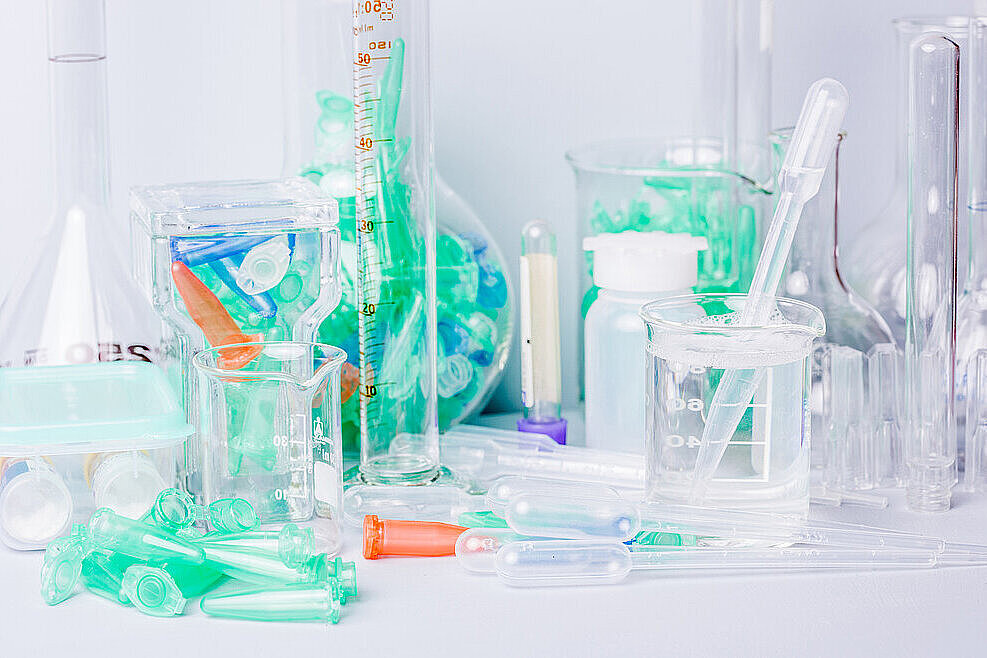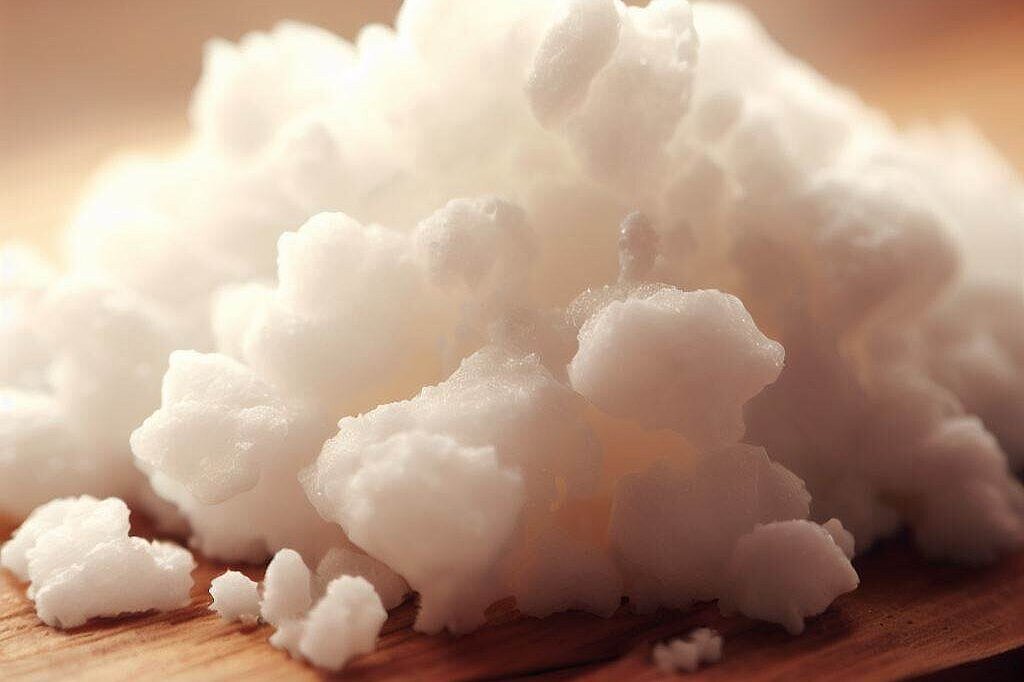Sodium hydroxide

What is sodium hydroxide?
Sodium hydroxide is an important raw material in the chemical industry. It is used, for example, to produce soap, paper, plastics and dyes. It is also used to neutralize acids or dissolve other substances.
Sodium hydroxide is produced by the electrolysis of sodium chloride (common salt). In this process, an electrical voltage is applied to a salt solution, which is then broken down into sodium hydroxide, hydrogen and chlorine.
What are the advantages of sodium hydroxide?
Sodium hydroxide has several advantages that make it a useful substance. For example:
- It is very reactive and can enable or accelerate many reactions.
- It is relatively cheap and readily available.
- It is versatile and can be combined with many other substances.
What are the disadvantages of sodium hydroxide?
However, sodium hydroxide also has some disadvantages that you should be aware of. For example:
- It is very corrosive and can injure skin, eyes or mucous membranes. You should therefore always wear protective clothing when working with sodium hydroxide.
- It reacts violently with water and generates a lot of heat. You should therefore always dissolve sodium hydroxide slowly and carefully in water and not the other way around.
- It can react with some metals such as aluminum or zinc and release hydrogen in the process. This is highly flammable and can explode. You should therefore not bring sodium hydroxide into contact with these metals.
How does sodium hydroxide affect dogs?
Sodium hydroxide is very dangerous for dogs and can cause severe burns or poisoning. Therefore, you should always keep sodium hydroxide out of your dog's reach and never use it near him.
If your dog has accidentally eaten sodium hydroxide or played with it, you should see a vet immediately. Do not try to give your dog anything to drink or vomit, as this could make the situation worse.
Sodium hydroxide can also be found in some products you may have around the house, such as drain cleaner, oven cleaner or soap. Make sure these products are inaccessible to your dog and use them with caution.
Sodium hydroxide is an important chemical compound that has many advantages, but also some disadvantages. Sodium hydroxide is very harmful to dogs and should therefore be avoided.
If you notice any signs of hypersensitivity or poisoning in your dog, you should see your vet immediately. We are not a substitute for a vet, but we try to be as accurate as possible. Every dog reacts differently and we recommend you get a second opinion or consult your vet if in doubt.
Stay healthy and take good care of your four-legged friend!😊
Similar to Sodium hydroxide
Potassium hydroxide, also known as caustic potash, is a white, odorless solid with the formula KOH. It dissolves in water with great heat development and forms a strong base called caustic potash....
Calcium hydroxide is a chemical compound of calcium and hydroxide ions. It has the formula Ca(OH)2 and is also known as slaked lime or quicklime. It is a white powder that dissolves poorly in water....
Magnesium hydroxide can be used for dogs suffering from stomach problems such as heartburn, gastritis or stomach ulcers. It can relieve pain and promote healing. Magnesium hydroxide can also help...
Sodium carbonate, also known as soda ash or washing soda (chemical formula: Na2CO3), is a white, crystalline powder that is highly soluble in water and forms a strongly alkaline solution. It is...



